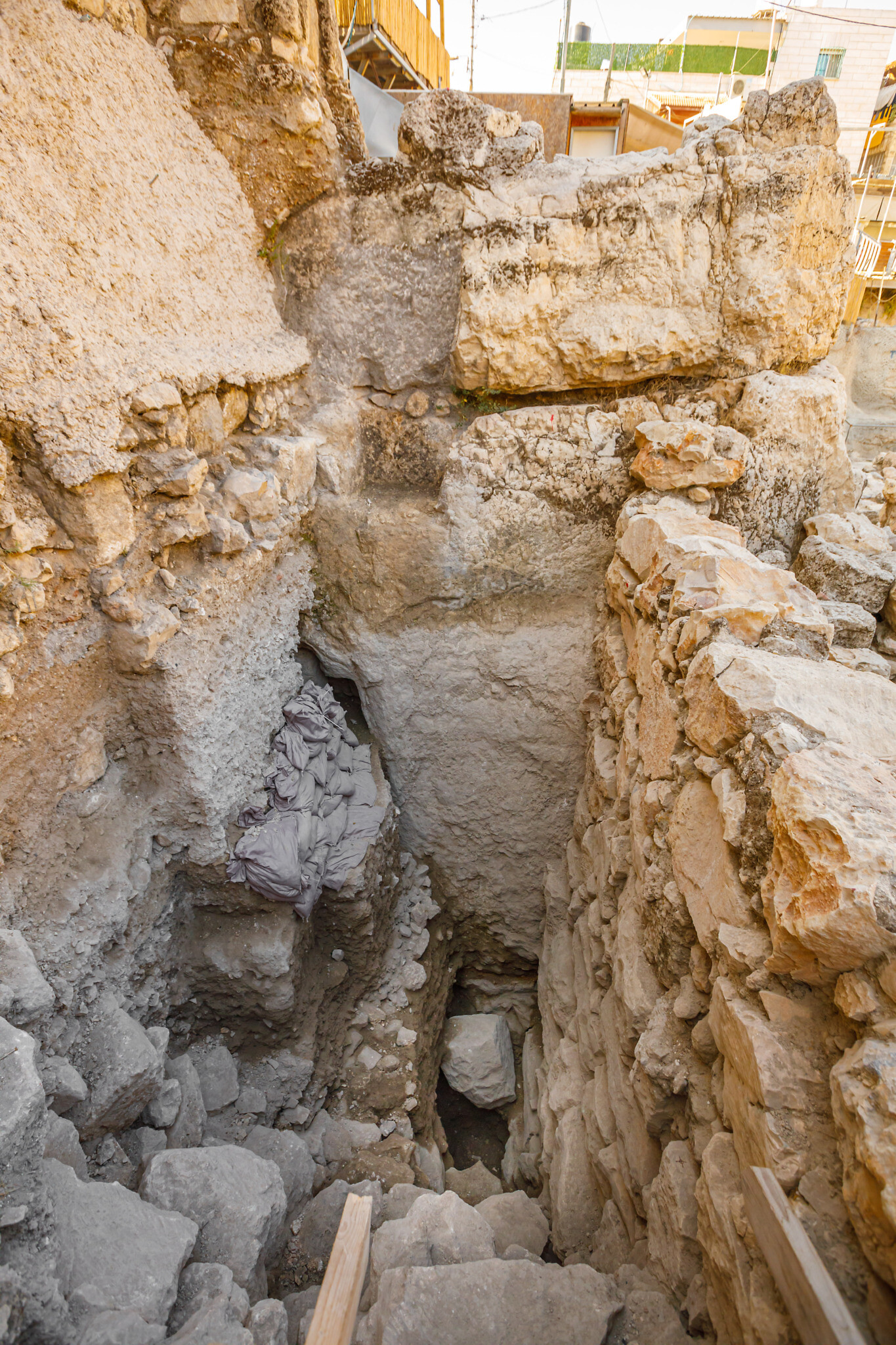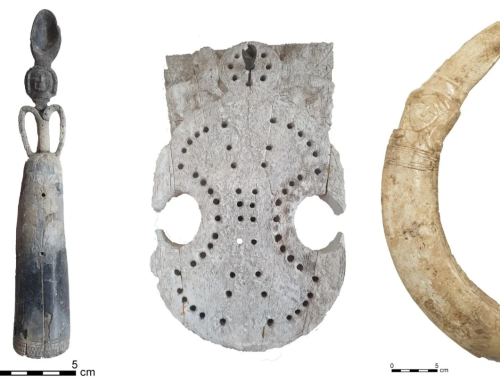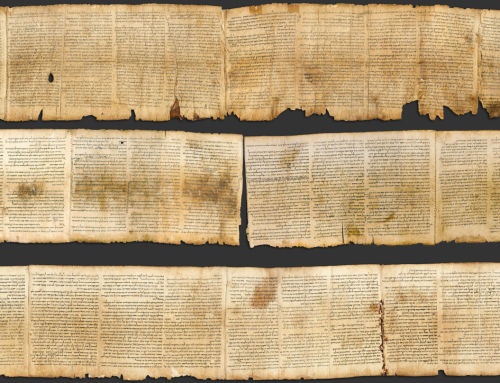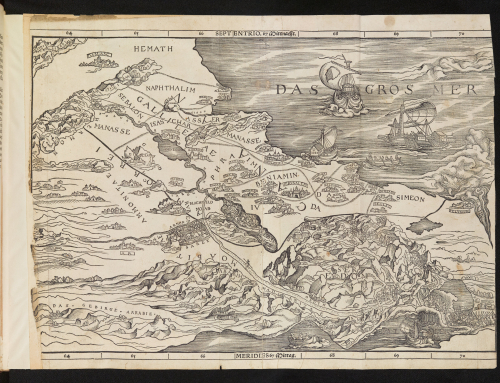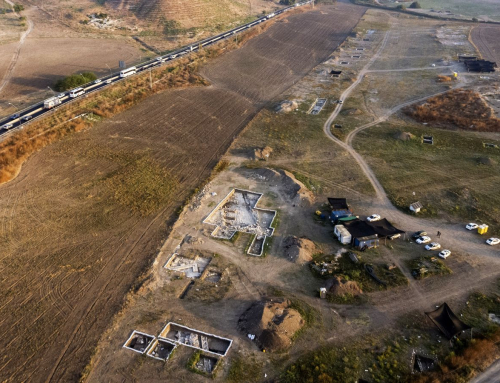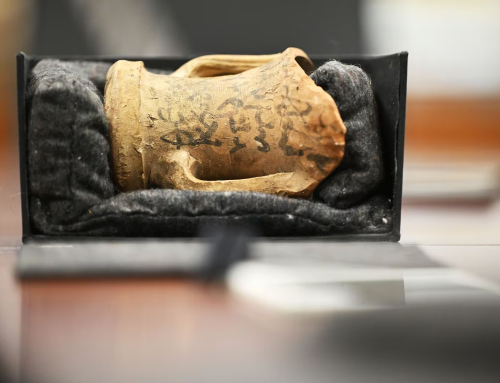Archaeologists have solved a 150-year-old mystery in the City of David, discovering a massive moat that was used to fortify and protect the Temple Mount and the king’s palace in biblical-era Jerusalem, the Israel Antiquities Authority and Tel Aviv University announced on Sunday.
The city’s northern fortification eluded archaeologists for a century and a half as they could not trace its full route. But recent excavations of the Givati Parking Lot, adjacent to the Old City walls, have revealed a moat that split the City of David in half, separating the palace and Temple Mount from the rest of the city.
The vast moat, which was at least nine meters deep and 30 meters wide, the IAA said in a press release, was “one of the monumental fortifications that protected the kings of Jerusalem.”
“It is not known when the moat was originally cut, but evidence suggests it was used during the centuries when Jerusalem was the capital of the Kingdom of Judah, almost 3,000 years ago, beginning with King Josiah,” said excavation directors Prof. Yuval Gadot and Dr. Yiftah Shalev. “During those years, the moat separated the southern residential part of the city from the ruling Acropolis in the north — the upper city where the palace and the temple were located.”
According to the researchers, the fortification altered the natural topography of Jerusalem and required significant engineering skills and resources. “The creation of the moat was a large-scale, monumental operation, designed to change and modify the natural topography to demonstrate the power of Jerusalem’s rulers to those who entered its gates,” the IAA said in the press release.
“Following the dramatic discovery, we reexamined the past excavations reports written by the British archaeologist Kathleen Kenyon, who excavated in the City of David in the 1960s, in an area located slightly east of today’s Givati Parking Lot,” said Gadot.
“It became clear to us that Kenyon noticed that the natural rock slopes towards the north, in a place where it should naturally have risen. She thought it was a natural valley, but now it turns out that she had uncovered the continuation of the moat, carved to the west. The connection of the two uncovered sections creates a deep and wide moat that extends across at least 70 meters, from west to east.”
He added that the discovery corresponds to references in the Bible to the topography of the area. In one such reference in the first Book of Kings (11:27), King Solomon is described as building the construction, which was dubbed the “Millo.”: “… Solomon built up the ‘Millo’ and closed up the breach in the wall of the City of David his father.”
The results of the excavation are set to be presented at the City of David’s Jerusalem Studies Experience conference in August.
IAA director Eli Escusido said that “the excavations in the City of David never cease to amaze.”
“Once again, discoveries are being revealed that shed new and vivid light on the biblical literature. When you stand at the bottom of this giant excavation, surrounded by enormous hewn walls, it is impossible not to be filled with wonder and appreciation for those ancient people who, about 3,800 years ago, literally moved mountains and hills,” he said.
Original Article – Solving mystery, archaeologists find vast moat that protected Jerusalem’s biblical kings | The Times of Israel

